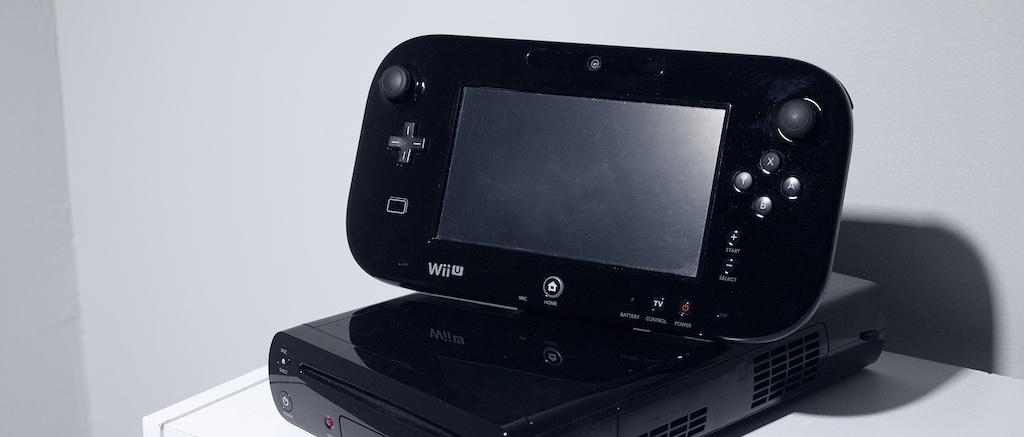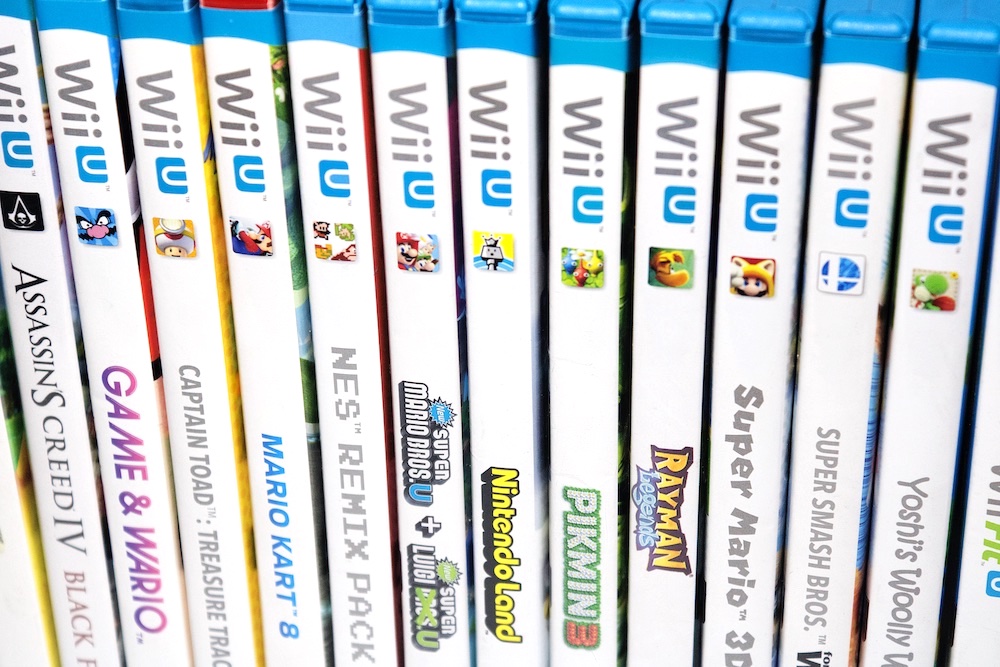
Remember the Wii U, the Nintendo home console that launched 10 years ago today? Avid video game fans probably do, but you might not if you’re part of the select group known as “most people,” because the Wii U was an undisputed commercial failure.
The console preceded the Nintendo Switch, which, unlike the Wii U, has been a huge success — 114 million Switch consoles have been sold so far. The thing is, though, the Switch owes a lot to the Wii U, which is worth remembering and appreciating on the ill-fated console’s 10-year anniversary.
But first, how did we get here? In its era, the Wii U was an afterthought in the video game landscape. By the time the Wii U was discontinued in 2017, Nintendo ended up selling just 13.56 million of the consoles. That is bad.
The Wii U is Nintendo’s worst-selling console, right behind the GameCube (itself another Nintendo commercial failure) at 21.74 million sales. For further reference, the Wii U’s competitors, the Xbox One and Playstation 4, sold 51 million and 117.2 million consoles, respectively. The Wii U defaulted its way into bronze in that race and secured its own section on the “List of commercial failures in video games” Wikipedia page. Then the Switch came out and, being the runaway hit it is, only needed 10 months to top the Wii U’s lifetime sales.
Despite the fact that it flopped, the Wii U was a neat piece of hardware. Think of it as a TV-based DS/3DS: While one part of the game was happening on the TV (the top screen in this comparison), a completely different visual — like a map or menu or other gameplay element — could be displayed and interacted with on the GamePad’s touch screen. (Sometimes, though, the GamePad just mirrored what was on the TV, depending on the game.) The DS and 3DS were both major success stories — especially the DS, the best-selling handheld console ever — so having faith in a console that combined (3)DS gameplay capabilities with the console-style gaming of the Wii seems reasonable enough.
What has so far ended up being the Wii U’s most enduring legacy, though, is the games. Despite how things went with the console, many of them were actually fantastic. In fact, if you’re a Switch owner, you’ve probably played most of the Wii U highlights.

Twenty-one Wii U games sold at least a million copies, and of those, 10 — Mario Kart 8, Super Mario 3D World, New Super Mario Bros. U, New Super Luigi U, Captain Toad: Treasure Tracker, Pikmin 3, Lego City Undercover, Hyrule Warriors, and Pokkén Tournament — have been ported to the Switch. There’s also The Legend Of Zelda: Breath Of The Wild, which was a simultaneous release on Wii U and Switch, so up that figure to 11. An additional six of those top 21 games — Super Smash Bros. For Wii U, Splatoon, Super Mario Maker, Mario Party 10, Yoshi’s Wooly World, and Mario & Sonic At The Rio 2016 Olympic Games — also have a Switch presence via sequels.
The Wii U games that are on Switch have performed admirably, too: Mario Kart 8 Deluxe is the platform’s best-selling game, while Breath Of The Wild, New Super Mario Bros. U Deluxe, and Super Mario 3D World + Bowser’s Fury are all in the top 15.
So, with all these worthwhile games, why didn’t the Wii U work out? The primary, most obvious, and oft-cited reason for its failure is bad marketing. Look at when Nintendo revealed the Wii U at E3 in 2011: They focused so heavily on the GamePad controller that they didn’t bother to actually show off the Wii U console, which can only be seen off to the side in some shots. It was never in a frame by itself or even really acknowledged. So, given that and the console name just adding a “U” onto “Wii,” the Wii U sure seemed like just a new type of controller for the Wii. There wasn’t much to indicate it was actually a new console of its own.
Here’s that E3 presentation, check it out:
After watching that video, are you really supposed to know what the Wii U’s deal is? Clearly, many did not.
Around the time the Switch came out, even Nintendo admitted they goofed with the Wii U. Comparing the Switch and the Wii U in a 2018 interview, Reggie Fils-Aimé — Nintendo of America’s iconic, meme-able president from 2006 to 2019 — said, “What we’ve been able to do with Nintendo Switch is a number of very important things. First, we’ve been incredibly clear with the positioning of the product. Why should you purchase this device? Well, it’s because you can play this great content, anywhere, anytime, with anyone. Tell me what the Wii U proposition was in 10 words or less. We weren’t as incredibly clear.”
Even though the Switch has mostly replaced the Wii U today, I’m happy to say I was there for the Wii U era. I bought mine, I believe, on Black Friday 2013. It wasn’t even on sale, I just wanted it. I look fondly back on the hours spent in my college apartments, creating courses on the original Super Mario Maker and playing through Super Mario 3D World. Whether or not the world knew it, the console had a lot going for it, and being there to experience it first-hand felt like being part of a secret club, a story I can tell my disinterested grandchildren in 40 years (even if they’d probably rather go back to their brain chip games than listen to me blabber on about “buttons,” “discs,” and other nonsense words).
Now, a decade later, the secret’s out: Thanks to the Switch, the Wii U has been redeemed and given at least some of the life, acclaim, and love it missed out on in 2012. Whether folks are playing formerly underappreciated games like Mario Kart 8 and New Super Mario Bros. U on a Wii U or a Switch, at least they’re finally playing them.
